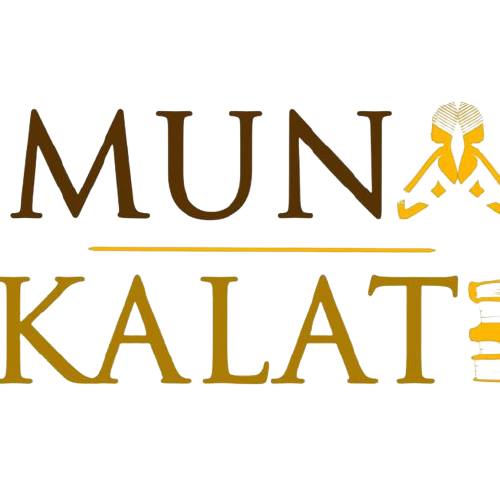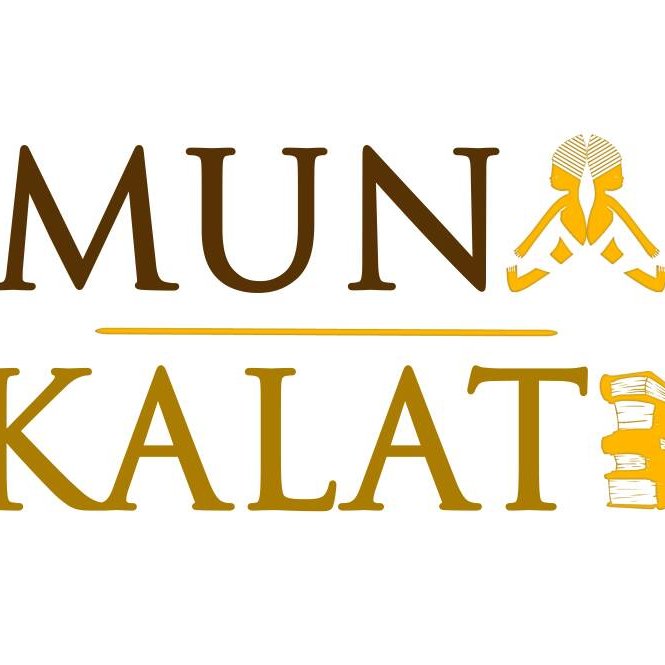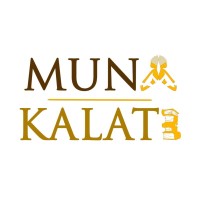« Introduction à la littérature jeunesse du Cameroun » : écrire la jeunesse pour rajeunir l’écriture.
Introduction à la littérature jeunesse du Cameroun, livre de 207 pages est l’un des plus récents ouvrages de recherche sur la littérature de jeunesse en Afrique francophone sorti chez L’Harmattan France en 2019. Son auteur est Ngnaoussi Elongué Cédric Christian, un chercheur et promoteur culturel d’origine camerounaise mais à l’identité afropolitaine. Ce livre est une véritable propédeutique à l’univers en friche de la littérature de jeunesse au Cameroun. Tout chercheur en littérature africaine, tout acteur de l’édition, de la formation, de diffusion du livre au Cameroun gagnerait à lire ce chef d’œuvre.
Trade | 40+ Hình Ảnh Vùng Đất Linh Hồn (Spirited Away) đẹp và đáng nhớ nhất | Muna Kalati
Một bộ phim hoạt hình nổi tiếng của Nhật Bản là “Vùng đất linh hồn”…
Travel the world with your children through these beautiful children’s books about West Africa! Below you will find picture books about Mali, Burkina Faso, and Niger. They range from biographies and folk tales to modern stories about life in West Africa today. Share your favorites in the comments!
The low literacy rate in Africa can be attributed to a few things: lack of adequate teacher training and overall investment in training, where teachers teach what they were taught as children rather than keeping up with the evolution of education, access to tools and reading resources for children as a result of poverty, and poor school literacy programs and curriculum planning.
There are, however, organizations and creative initiatives that have taken the future of Africa’s children into their own hands. These spaces have prioritised children’s education in literacy and are empowering little ones across the continent with books.
These are just five of the organisations that are teaching Africa’s children to read, and how you can help them.
il y a beaucoup de lumières, de sourires et des univers à conquérir derrière chaque livre que nous lisons. Jules Renard estime que « chacune de nos lectures laisse une graine qui germe », et qui sait pour quel lendemain ? Le livre est un petit bonheur qu’on n’offre pas très souvent, pourtant il ne coute pas plus cher qu’une soirée en boite de nuit, que le moins stylé des téléphones ou encore un vêtement tendance.
The problem is that, unfortunately, those that write in African languages remain invisible, their works are hardly ever reviewed or translated. Publishing venues are limited and getting published is one of the most infuriating challenges of writing in African languages. There are hardly any publishing houses devoted to African languages. So writers in African languages are writing against great odds: no publishing houses, no state support, and with national and international forces aligned against them. Prizes are often given to promote African literature but on the condition that the writers don’t write in African languages.”
– Nanda Dyssou, An Interview with Ngũgĩ wa Thiong’o, Los Angeles Review of Books, 23 April 2017
While it’s important for everyone to read literature from around the world, if you are of African descent, it’s a great idea to give your child an understanding of the various cultures in the continent early in their life. This is especially important if you don’t live in the continent currently. With that being said, here are five African children’s books that we recommend.
The problems that readers encounter when visiting libraries are legion and diverse: the lack of updating of the collection, the absence of online information on the collections, the absence of books on African realities, the lack of professional librarians, the bad faith of some readers and the commodification of reading services.
Skin We Are In is a landmark South African book for children (and grown-ups) on the subject of skin colour. Published in 2018, it was co-authored by an artist and a scientist, both South African luminaries – the author Sindiwe Magona and the anthropologist and palaeobiologist Nina Jablonski. Here they talk about how – and why – the book came about.


